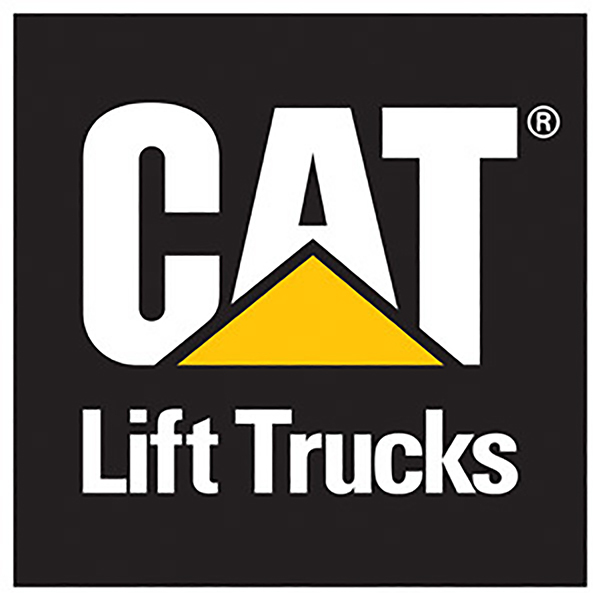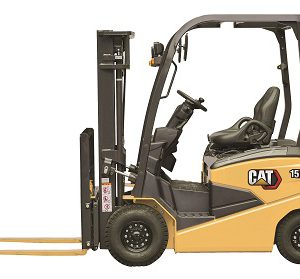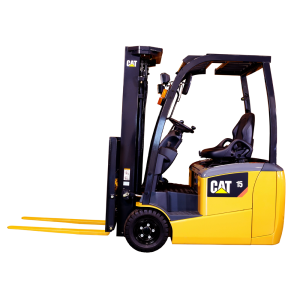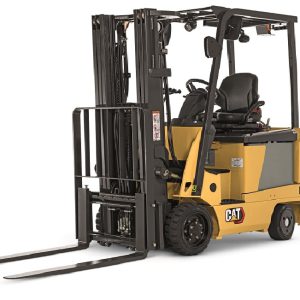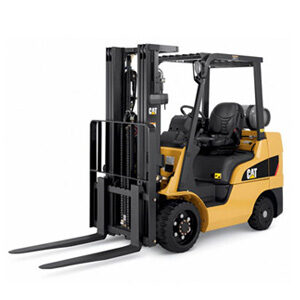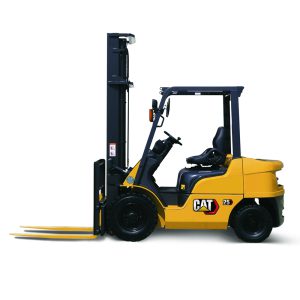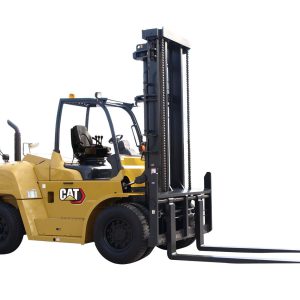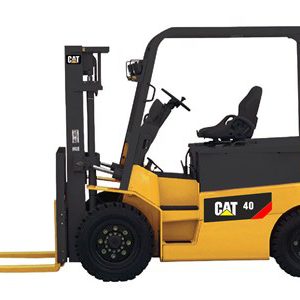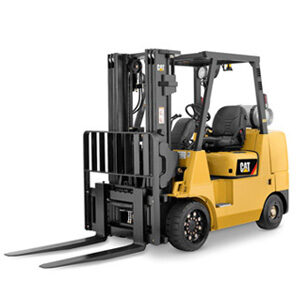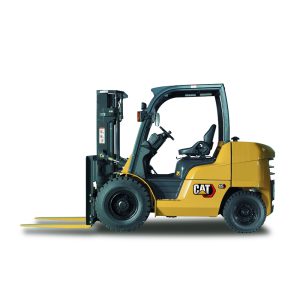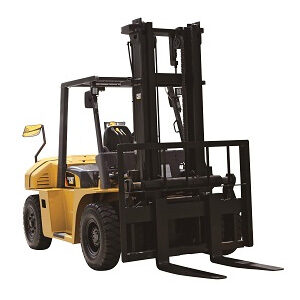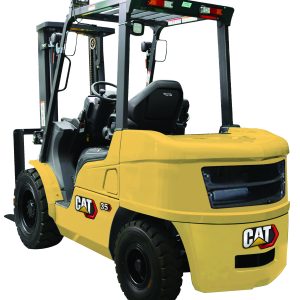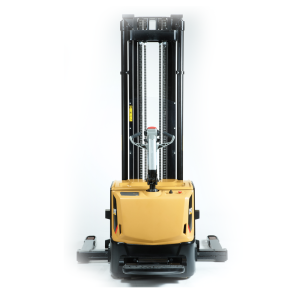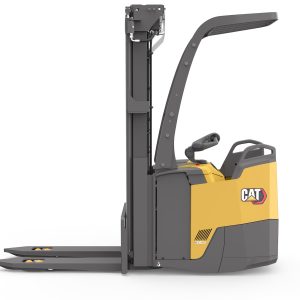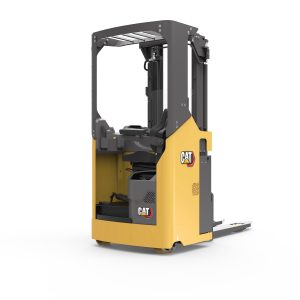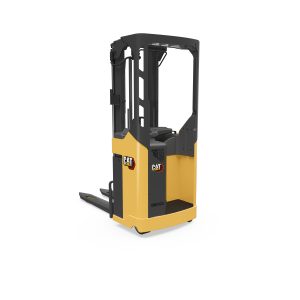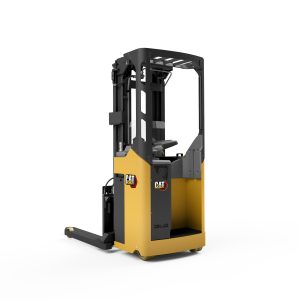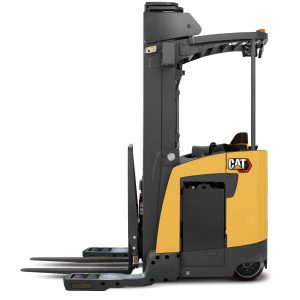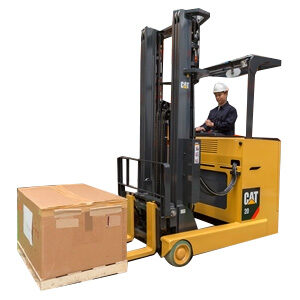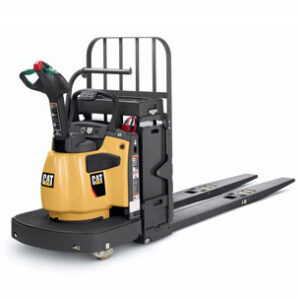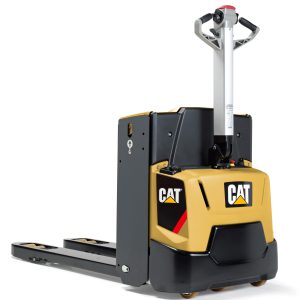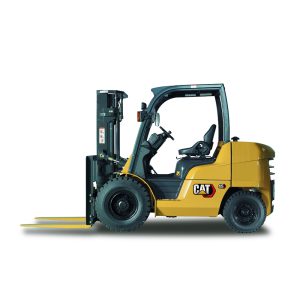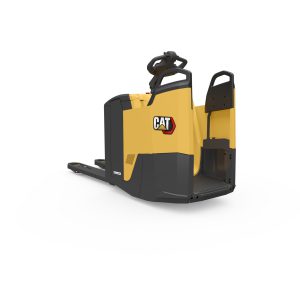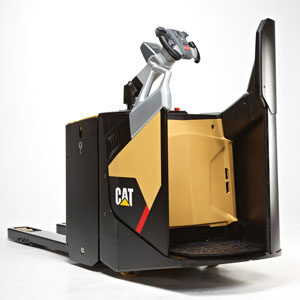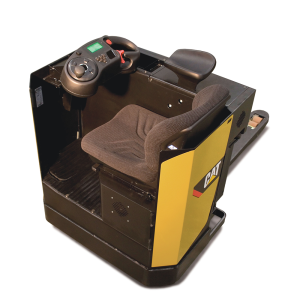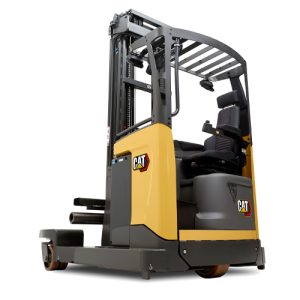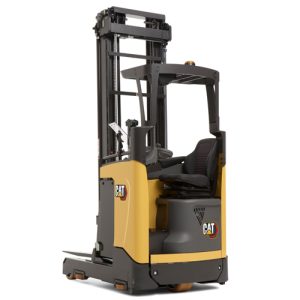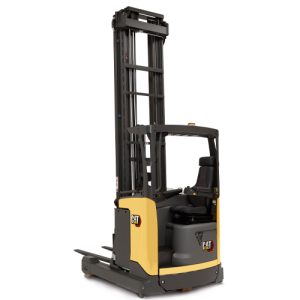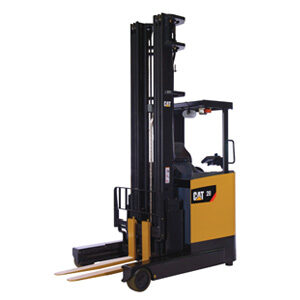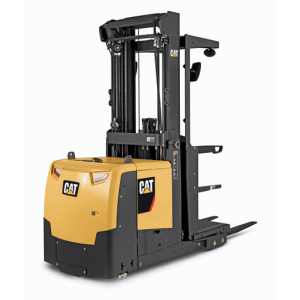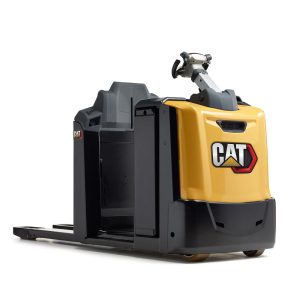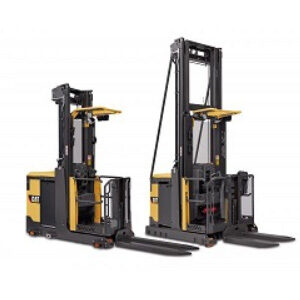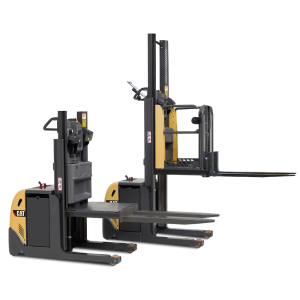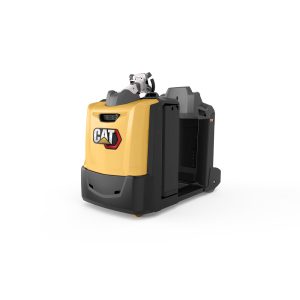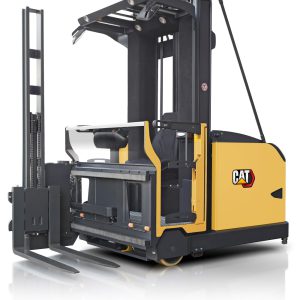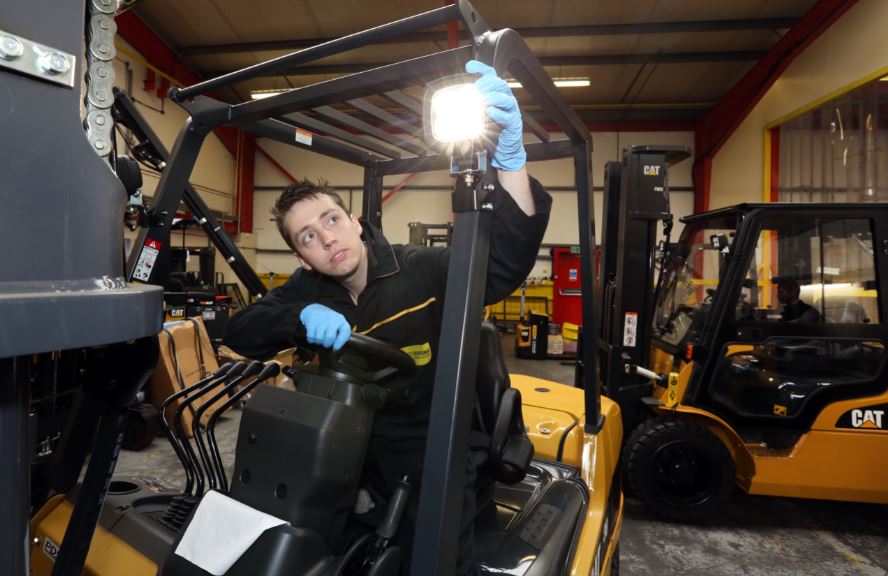
Forklift Truck Daily Checks
18/11/2020
The best way to keep your forklift fleet in optimal condition and to ensure maximum efficiency and productivity is by maintaining a strict regime of maintenance and repair. This regime must start with you and your operators!
Over and above any planned routine maintenance and thorough examinations you may have in place with a supplier, it is vital that a documented pre-shift check is done daily. It is just as important to have a system of reporting any defects and a process to ensuring the faults are fixed in a timely manner.
This will ensure the safety of your operators and make sure you get the very best out of your truck.
“The Law requires all work equipment to be regularly maintained and the non-lifting parts inspected. In addition, lifting equipment must be thoroughly examined to make sure it remains in a safe condition. (Provision and Use of Work Equipment Regulations 1998 (PUWER) Regulation 5 applies to all work equipment.)”
So what should you be checking?
Following the manufacturers instructions, the following checks should typically be carried out:
- Check if there is any damage to the tyres – Nails and other embedded material, cuts and bubbles (pay attention to the side walls) – Check the tyre pressures on pneumatic tyres and the thread depth, they should not be excessively worn – Check the condition of the wheels, particularly the flanges on rims fitted with pneumatic tyres and the tightness and security of wheel nuts
- Like all other vehicles it is important to check and test the brakes – parking brake, service brakes and steering gear to ensure they are working efficiently
- Internal combustion trucks – check the fluid levels – fuel, water, engine and transmission oils
- Electric trucks – check that the battery is adequately charged and leak free, the charger is switched off and the charge lead disconnected and properly stored, and the battery retention device is in place
- Check the forks for cracks particularly on the heels and mounting hooks, check that they aren’t bent or have damaged fork tips and missing or damaged fork positioning locks and that the forks are lifting and tilting properly. Don’t forget to ensure attachments are working properly (if you have any)
- Check the chains, for secure anchor pins, fixing bolts and damaged or elongated links
- A forklift’s chains, hydraulic cylinders, valves and seals, are vulnerable to the ingress of dirt. This dirt can cause components to deteriorate and fail. It is therefore important to inspect hydraulic systems for obvious leaks, and make sure hydraulic fluid levels are correct when the forks are in the parked position
- Check the interior of the cabin including the condition and security of the overhead guard and load back-rest extension
- Check all audible warning signal, for example the horn, lights, mirrors and any other visibility aids, if fitted.

